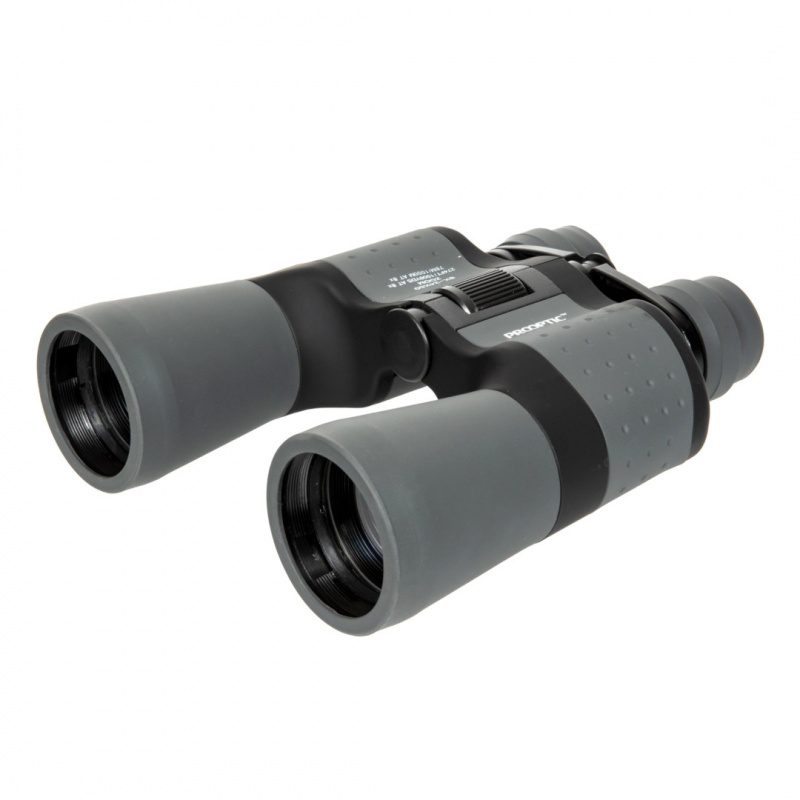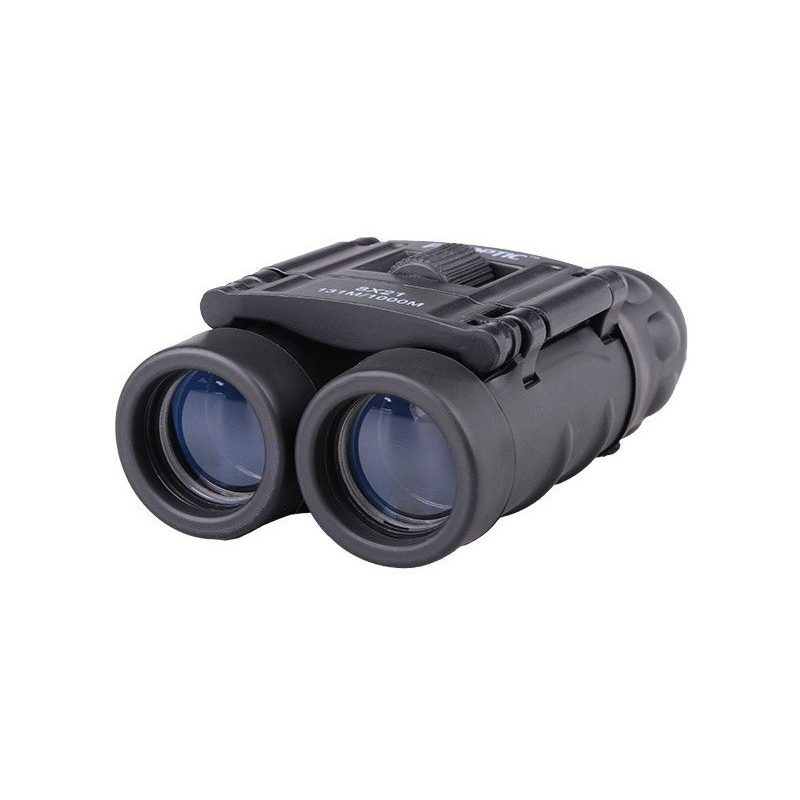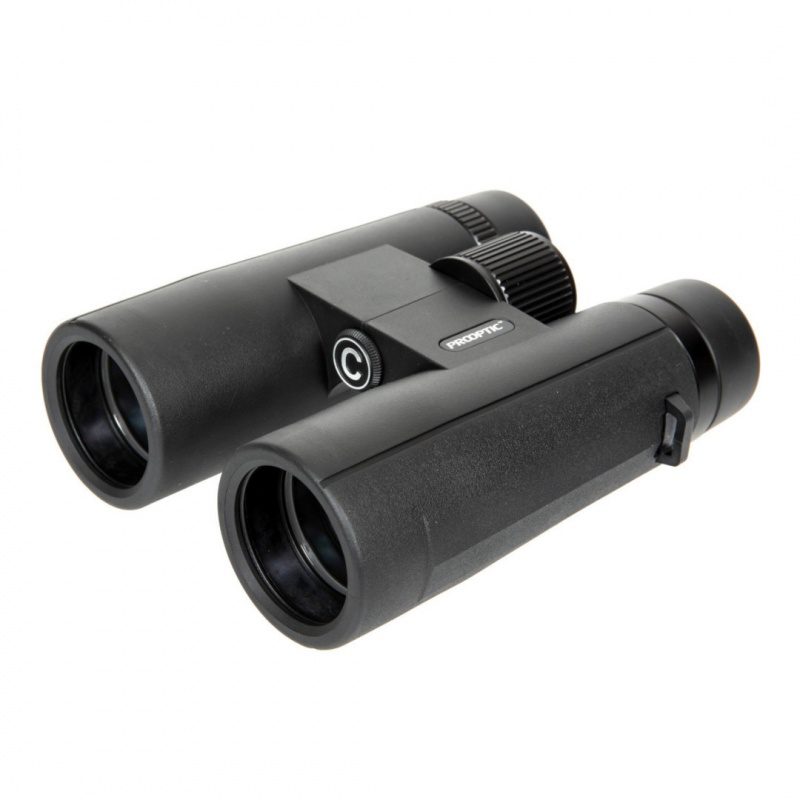Spis treści:
Natural beauty at your fingertips – hunting binoculars in practice
Nature can literally take your breath away with its magnificence. Vast forests, expansive rivers and lakes, or majestic mountain peaks covered in snow – these are just a few examples of the beautiful places that can be found during a simple stroll through the countryside.
However, not every place can be reached and human eyesight has its limitations, which is why good hunting binoculars are a must-have. They can be used to view serpentine roads and rivers in the distance, as well as mountain formations just above the horizon.
Hunting binoculars are also an indispensable tool for observing wildlife – their sophisticated optics provide a high level of magnification, allowing you to view forest animals discreetly.
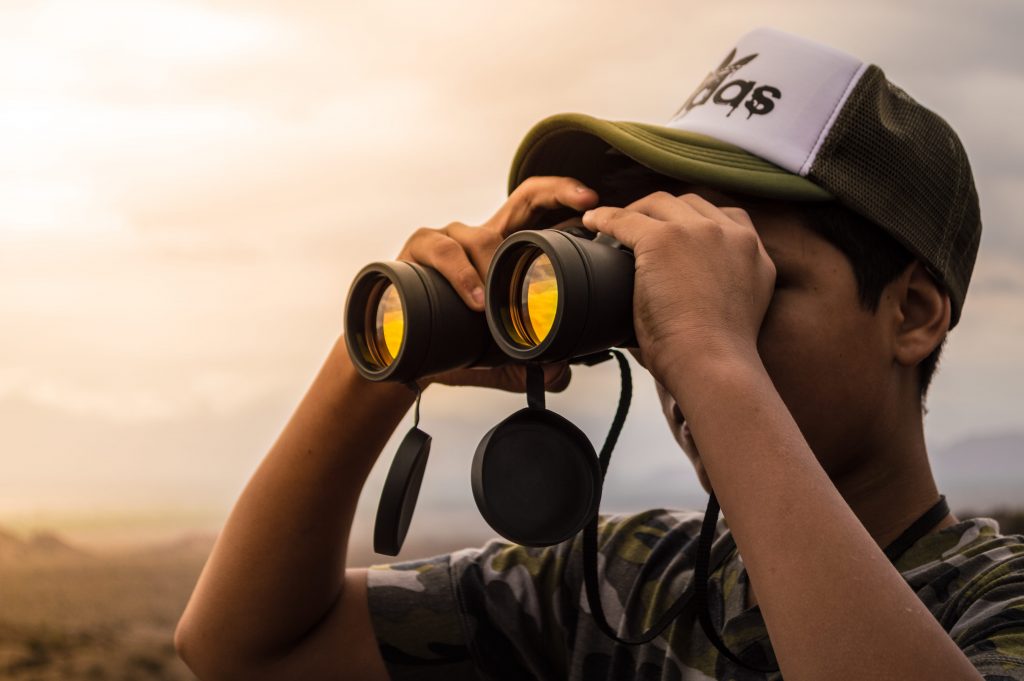
If you know the terrain, you can go to a forester’s pulpit or other vantage point in advance and observe the animals in their natural habitat without the risk of startling them.
A good pair of hunting binoculars should also be part of the equipment of every ornithologist and nature photographer. With them, you can easily spot birds flying in formation or nesting in the treetops.
Fans of aerial acrobatics will also appreciate the advantages offered by hunting binoculars
Many people are fascinated by aviation, as can be seen by the crowds that flock to air races and military displays. However, even low flying aircraft can be difficult to see with the naked eye – especially if the viewer wants to admire the fine details of the armament or engine components.
This is why hunting binoculars are also ideal for aviation fans, allowing them to get a close-up view of aircraft, whether they are performing aerobatics in the sky or landing or taking off.
How do hunting binoculars work?
At the heart of all binoculars is a complex optical system comprising lenses, prisms and a mechanism that adjusts the focus of the image you see through the eyepiece. It is located on the bridge between the eyepieces of the binoculars. Focus is adjusted by turning it to the left or right as required. Visible light, or the image passing through the lenses in the objective lens is magnified, acting in a similar way to a magnifying glass, but it is inverted. This is why prisms are used, which serve to invert the image obtained by the lens again, so that when it passes through the eyepiece it is straight.
In addition, good hunting binoculars also offer the ability to change the zoom level of the image. This allows the observer to adjust the level of effective magnification as required at any time.
This is particularly useful when observing wild game. It’s logical that you’ll need a different magnification to view a deer at a feeding ground several hundred metres away, and a different magnification to view a squirrel sitting on the branch of a neighbouring tree.
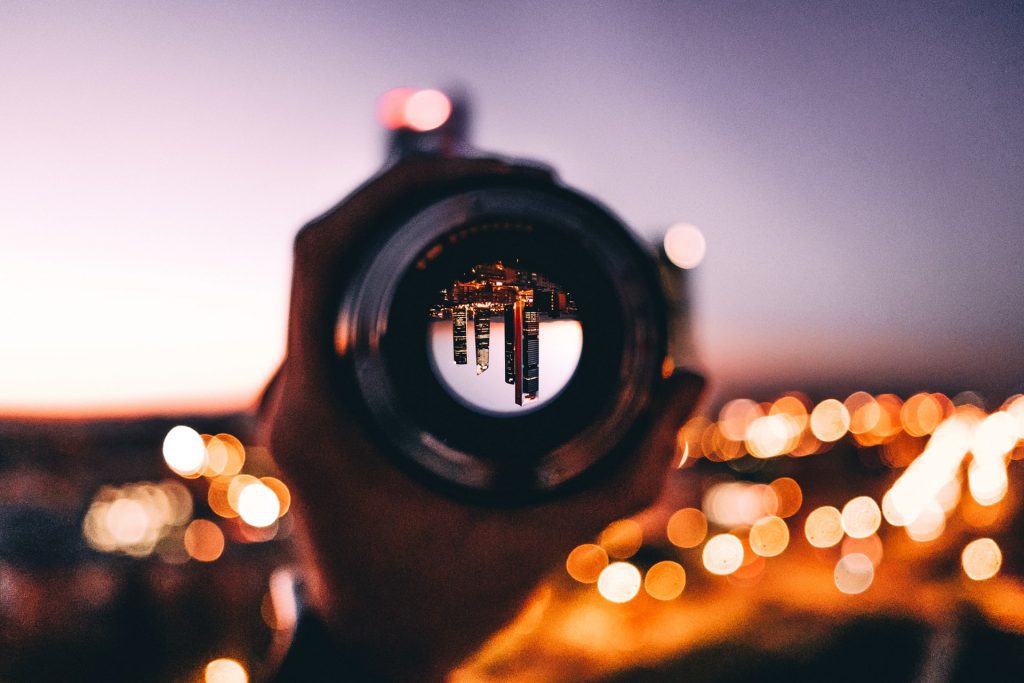
What to look for when choosing hunting binoculars?
When choosing your future binoculars, it is essential to pay attention to a few key parameters.
The most basic of these is the magnification itself – the higher it is, the more massive and heavier the hunting binoculars themselves will have to be. You should also bear in mind that the higher the magnification, the more difficult “handheld” observation will become, as even the slightest trembling of the hand will cause noticeable shaking of the image in the eyepiece. It is generally recommended that, when used without a tripod, hunting binoculars should have a magnification of no more than 12x (7x to 10x is optimal for most people).
Good hunting binoculars should also have a wide objective lens – the larger the objective lens diameter, the more light it allows into the observatory, making the image in the eyepiece noticeably brighter and sharper.
An exception to this rule is small hunting binoculars, which are mainly used for observing objects at short distances. In this case, a small objective lens is a compromise between weight, portability and the quality of the approximation.
The lens angle is also crucial. This determines how wide a field of view the hunting binoculars will provide. If the field of view is greater, you will be able to see noticeably more in the eyepiece of the instrument at the same magnification level.
How useful was this post?
Click on a star to rate it!
Average rating 0 / 5. Vote count: 0
No votes so far! Be the first to rate this post.


